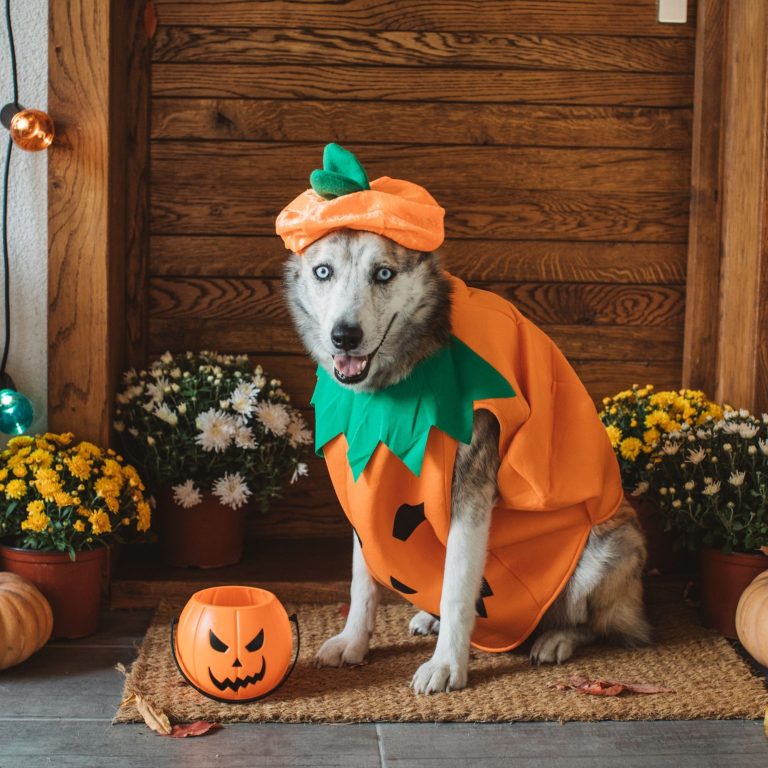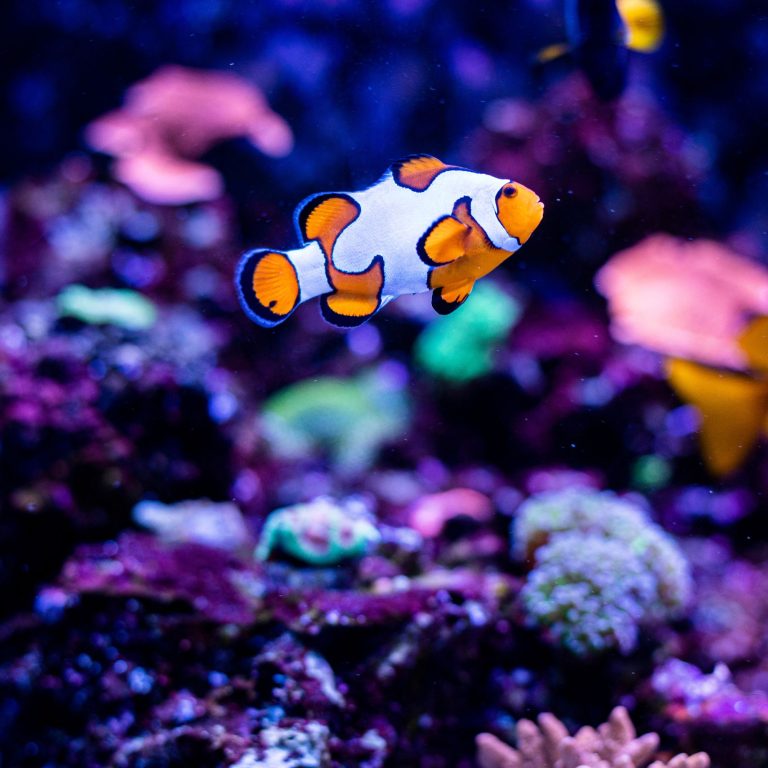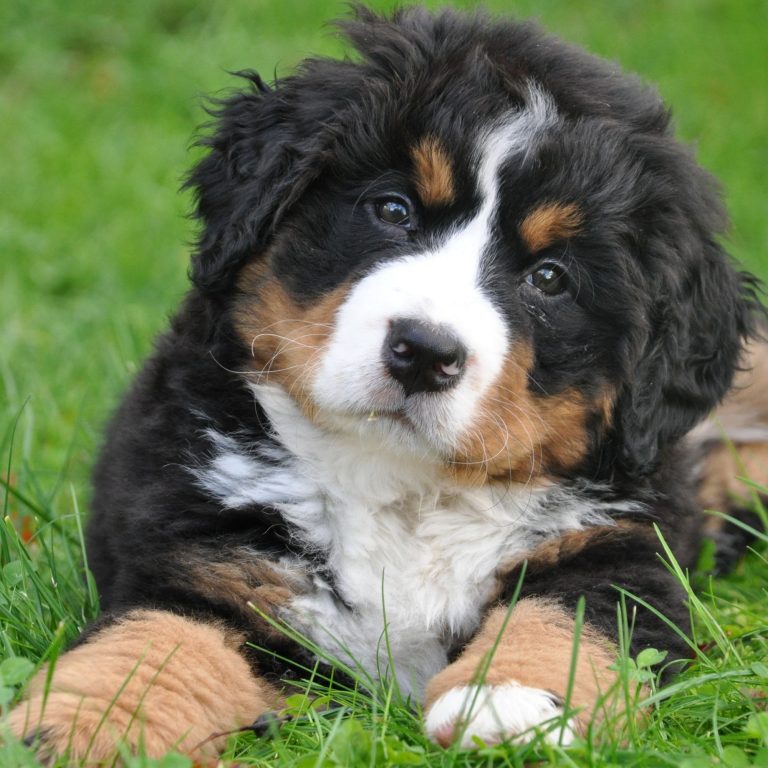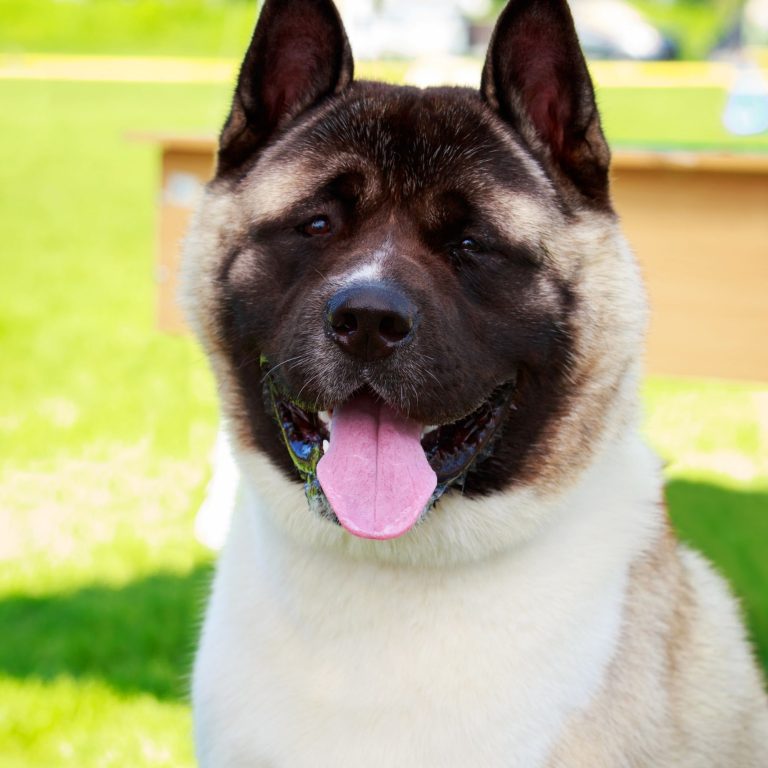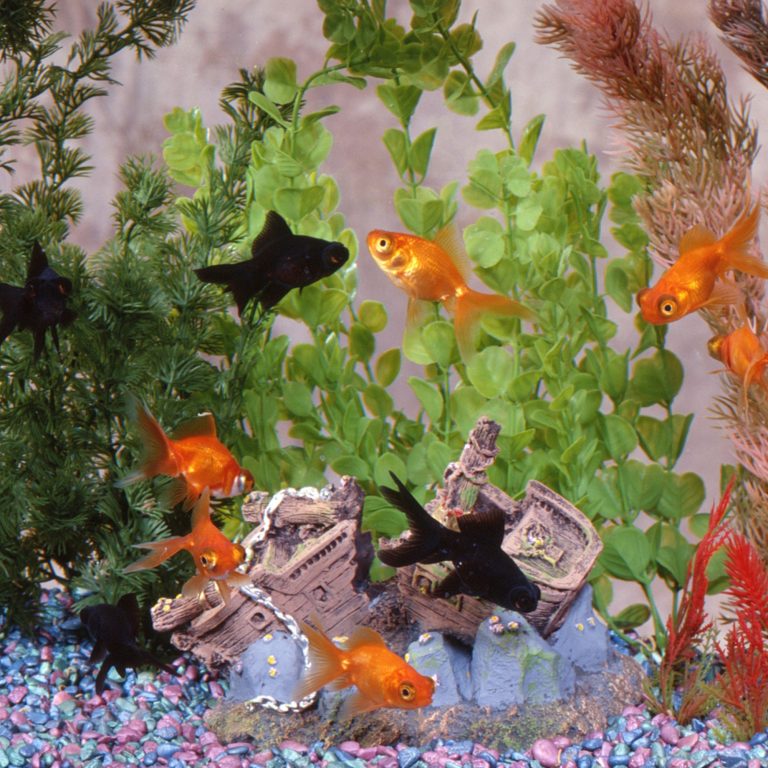Pawsitively Engaging: Exploring the Best Puzzle Toys for Cats
The Benefits of Puzzle Toys for Cats
Introducing puzzle toys into your cat’s life can have numerous benefits for their overall well-being. These interactive toys provide mental stimulation, physical exercise, and help reduce boredom and behavioral issues. Let’s explore these benefits in more detail.
Mental Stimulation and Enrichment
Puzzle toys engage your cat’s natural curiosity and instinct to hunt and explore. They present a challenge that requires problem-solving skills and mental agility. By figuring out how to access treats or toys hidden within the puzzle, your cat exercises their cognitive abilities and keeps their mind sharp. This mental stimulation can prevent boredom and provide much-needed enrichment for indoor cats.
Physical Exercise and Activity
Many puzzle toys for cats are designed to encourage physical activity. These toys often require your cat to paw, swipe, or manipulate parts of the puzzle to access the reward. This interaction promotes physical exercise, helping to keep your cat active and maintain a healthy weight. Regular play with puzzle toys can also help prevent obesity-related health issues in cats.
Reducing Boredom and Behavioral Issues
Cats are intelligent creatures that thrive on stimulation and engagement. Without proper mental and physical activity, they can become bored and develop behavioral issues such as destructive scratching or excessive meowing. Puzzle toys provide an outlet for your cat’s energy and keep them entertained, reducing the likelihood of destructive behaviors. They offer a constructive way for your cat to channel their natural instincts, providing a healthy and fulfilling outlet for their energy.
By understanding the benefits of puzzle toys for cats, you can enhance your feline friend’s life and provide them with the mental and physical stimulation they need. When choosing puzzle toys, consider your cat’s preferences and abilities. Start with toys that match their skill level and gradually increase the difficulty as they become more adept. Remember to supervise your cat during playtime and select toys that are safe and durable. For more information on puzzle toys for cats, visit our article on puzzle treat toys for cats.
Investing in puzzle toys can be a wonderful way to engage with your cat and promote their overall health and happiness. So why not introduce these stimulating toys into your cat’s playtime routine and watch them enjoy the mental and physical challenges they provide?
Understanding Puzzle Toys for Cats
When it comes to providing mental stimulation and enrichment for your feline friend, puzzle toys can be a pawsitively engaging solution. Understanding how puzzle toys work and the different types available can help you choose the right ones for your cat’s needs and preferences.
How Puzzle Toys Work
Puzzle toys for cats are designed to challenge and engage their natural instincts. These toys typically involve some form of problem-solving or manipulation to access a reward, such as treats or kibble. By stimulating their minds and encouraging physical activity, puzzle toys offer a range of benefits for cats.
The mechanics of puzzle toys can vary depending on the specific design. Some toys require cats to paw, swat, or bat at certain components to release treats, while others may involve sliding or rotating elements. The level of difficulty can also vary, allowing you to choose toys that suit your cat’s skill level and provide an appropriate challenge.
Types of Puzzle Toys for Cats
There are several types of puzzle toys available for cats, each offering a unique experience and engagement level. Let’s explore some of the most common types:
1. Puzzle Treat Toys for Cats: These toys typically feature compartments or hidden areas where you can place treats or kibble. Cats must figure out how to access the treats by manipulating the toy. This type of puzzle toy is great for encouraging problem-solving and providing a tasty reward. Check out our article on puzzle treat toys for cats for more information.
2. Puzzle Toys for Kittens: Designed specifically for kittens, these puzzle toys help develop their cognitive and motor skills while providing entertainment. They often feature smaller and simpler puzzles that are suitable for young cats. Visit our article on puzzle toys for kittens for more details.
3. DIY Puzzle Toys for Cats: If you’re feeling creative, you can make your own puzzle toys using household items. DIY puzzle toys allow you to customize the challenges and test your cat’s problem-solving abilities. However, it’s important to ensure that any materials used are safe for your cat. For ideas and safety considerations, refer to our article on DIY puzzle toys for cats.
4. Interactive Puzzle Toys for Cats: These toys often incorporate electronic components or interactive features that respond to your cat’s actions. They can provide additional stimulation and mimic hunting behaviors, keeping your cat engaged for extended periods. Learn more about interactive puzzle toys in our dedicated article on interactive puzzle toys for cats.
5. Puzzle Feeder Toys for Cats: Puzzle feeder toys combine feeding and mental stimulation. They require cats to work for their food by solving puzzles or manipulating components to access the hidden treats or kibble. Puzzle feeder toys are a great option for slowing down fast eaters or providing entertainment during mealtime. Check out our article on puzzle feeder toys for cats for more information.
By understanding how puzzle toys work and the different types available, you can select the ones that best suit your cat’s needs and preferences. Whether you’re looking for toys to combat boredom, encourage playtime, or provide mental stimulation, puzzle toys offer a fun and engaging way to keep your furry friend entertained.
Interactive Treat Dispensers
If you’re looking to engage and challenge your feline friend, interactive treat dispensers can be a great choice. These puzzle toys are specially designed to stimulate your cat’s natural hunting instincts while providing a tasty reward. Let’s explore the features and functionality of interactive treat dispensers for cats.
Features and Functionality
Interactive treat dispensers typically consist of a container or compartment that holds treats, and a mechanism that dispenses the treats when your cat interacts with the toy. Here are some common features you may find in these puzzle toys:
-
Dispensing Mechanism: The dispensing mechanism can vary depending on the design of the toy. It may require your cat to paw, roll, or manipulate the toy in some way to release the treats. This encourages mental and physical engagement, as your cat has to figure out how to access the reward.
-
Adjustable Difficulty Levels: Some interactive treat dispensers allow you to adjust the difficulty level. This feature is especially beneficial if you have a curious and intelligent cat who quickly masters simple puzzles. By increasing the difficulty, you can keep your cat challenged and entertained for longer periods.
-
Durable Construction: Look for treat dispensers that are made from durable materials, such as BPA-free plastic or sturdy rubber. Cats can be quite rough with their toys, so it’s important to choose a dispenser that can withstand their playfulness.
-
Easy to Clean: Opt for treat dispensers that are easy to clean, as they may accumulate food debris and saliva over time. Look for toys that can be taken apart or have removable parts for convenient cleaning. This helps to maintain good hygiene and ensure your cat’s safety.
Pros and Cons
Here are some pros and cons to consider when it comes to interactive treat dispensers for cats:
| Pros | Cons |
|---|---|
| Provides mental stimulation and enrichment | Some cats may lose interest if the toy becomes too easy or repetitive |
| Encourages physical activity and exercise | May not be suitable for cats with certain dietary restrictions or allergies |
| Helps alleviate boredom and prevent behavioral issues | Treat dispensers with small parts may pose a choking hazard |
| Can be used as a reward-based training tool | Requires supervision to ensure your cat doesn’t destroy the toy |
| Offers a fun and engaging way to bond with your cat | Some cats may need time to learn how to interact with the toy |
When choosing an interactive treat dispenser for your cat, consider their individual preferences, play style, and dietary needs. It’s important to supervise your cat during playtime and monitor their interaction with the toy to ensure their safety. For more information on puzzle toys for cats, check out our article on puzzle treat toys for cats.
By providing your cat with an interactive treat dispenser, you can engage their natural instincts and provide mental stimulation while rewarding them with tasty treats. Experiment with different types of puzzle toys to find the ones that best suit your cat’s preferences and keep them entertained for hours on end.
Food Puzzle Toys
Food puzzle toys are a great way to engage and challenge your cat while providing them with a tasty reward. These toys are specifically designed to dispense food or treats, encouraging your feline friend to use their natural hunting instincts and problem-solving skills to access their meal. Let’s explore the features, functionality, as well as the pros and cons of food puzzle toys for cats.
Features and Functionality
Food puzzle toys for cats come in various shapes, sizes, and designs, but they generally share a few key features. These toys typically have compartments or mechanisms that hold and dispense food or treats. They require your cat to interact with the toy in order to access the food, promoting mental stimulation and physical activity.
Some food puzzle toys have adjustable difficulty levels, allowing you to make the challenge easier or more difficult based on your cat’s skill level and experience. These toys often have different openings or mechanisms that require various actions, such as pawing, batting, rolling, or sliding, to release the food.
Food puzzle toys can be filled with dry kibble, treats, or even wet food, depending on the design. It’s important to select a toy that is suitable for the size of the food pieces you plan to use to ensure they can be easily dispensed. Remember to adjust your cat’s daily food intake accordingly to prevent overfeeding.
Pros and Cons
Food puzzle toys offer several benefits for both you and your cat:
Pros:
- Mental Stimulation: Food puzzle toys engage your cat’s mind and provide mental enrichment, helping to alleviate boredom and prevent behavioral issues.
- Physical Exercise: The interactive nature of these toys encourages your cat to be active and engage in natural hunting behaviors, promoting physical exercise.
- Slow Feeding: Food puzzle toys can slow down your cat’s eating pace, preventing them from gobbling their food too quickly and potentially reducing digestive issues.
- Bonding Opportunity: Playing with food puzzle toys together can create a bonding experience between you and your cat, fostering a stronger relationship.
However, it’s important to consider the following potential drawbacks:
Cons:
- Learning Curve: Some cats may take time to figure out how to use food puzzle toys. Patience and encouragement are key to helping them understand the concept.
- Cleaning and Maintenance: Depending on the design of the toy, cleaning and refilling it may require some effort. Look for toys that are easy to clean and dishwasher-safe for convenience.
- Food Mess: Food puzzle toys can sometimes result in scattered food or treats around the play area. Placing the toy on a mat or in an easily cleanable area can help contain the mess.
When choosing a food puzzle toy for your cat, consider their personality, preferences, and skill level. Start with simpler designs and gradually introduce more challenging toys as your cat becomes more experienced. Always supervise your cat while they play with food puzzle toys to ensure their safety.
For more information on different types of puzzle toys and their benefits, check out our articles on puzzle toys for playtime and puzzle toys for problem-solving.
Puzzle Boxes and Hideouts
Puzzle boxes and hideouts are another category of puzzle toys that can provide mental stimulation and entertainment for your feline friend. These toys are designed to engage your cat’s natural instincts to explore, hunt, and seek out hidden treasures. Let’s take a closer look at the features, functionality, and pros and cons of puzzle boxes and hideouts.
Features and Functionality
Puzzle boxes and hideouts are typically made of durable materials such as plastic or wood. They come in various shapes and sizes, resembling small boxes, compartments, or tunnels. These toys often have hidden compartments or openings where you can place treats, toys, or even catnip to entice your cat’s curiosity.
The main goal of puzzle boxes and hideouts is to encourage your cat to use their problem-solving skills to access the hidden rewards. Some puzzle boxes may have sliding panels, movable parts, or hidden buttons that your cat needs to manipulate in order to reveal the treats or toys inside. Hideouts, on the other hand, provide a cozy and secure space for your cat to hide, rest, or observe their surroundings.
These toys can be used for solo play or interactive play sessions with you. By hiding treats or toys within the puzzle box or hideout, you can engage your cat’s natural hunting instincts and keep them mentally and physically active.
Pros and Cons
Puzzle boxes and hideouts offer several benefits for your cat’s overall well-being. Here are some of the pros and cons to consider:
Pros:
- Mental Stimulation: Puzzle boxes and hideouts provide mental stimulation by challenging your cat’s problem-solving abilities and encouraging them to use their natural hunting instincts.
- Entertainment and Engagement: These toys can keep your cat entertained and engaged for extended periods, helping to alleviate boredom and prevent destructive behaviors.
- Cozy Hideout: Hideouts offer a safe and secure space for your cat to retreat to, providing them with a sense of comfort and security.
- Versatility: Puzzle boxes and hideouts can be used for both solo play and interactive play sessions, allowing you to bond with your cat while providing them with mental and physical exercise.
Cons:
- Limited Use: Some cats may quickly figure out how to access the treats or toys inside the puzzle box, resulting in limited long-term engagement.
- Preference Variability: Cats have different preferences, and not all cats may enjoy or engage with puzzle boxes and hideouts. It’s important to observe your cat’s interest and adjust the level of difficulty or try different types of puzzle toys if needed.
When choosing puzzle boxes and hideouts for your cat, consider their personality, preferences, and skill level. Start with simpler puzzles and gradually increase the difficulty as your cat becomes more experienced. Remember to supervise your cat during playtime and ensure that the materials used in the toys are safe and durable.
For more information on puzzle toys for cats and other types of puzzle toys, check out our articles on puzzle treat toys for cats and diy puzzle toys for cats.
DIY Puzzle Toys for Cats
If you enjoy getting creative and want to provide your cat with some homemade entertainment, you can make your own puzzle toys. These DIY puzzle toys can be a fun and cost-effective way to stimulate your cat’s mind and keep them engaged. Here are some simple homemade puzzle toy ideas and safety considerations to keep in mind.
Simple Homemade Puzzle Toy Ideas
-
Treat Ball – Take a small plastic ball or container with holes and fill it with your cat’s favorite treats. As your cat rolls the ball, treats will be dispensed intermittently, providing a rewarding challenge.
-
Treat Boxes – Use cardboard boxes of different sizes and shapes to create hiding spots for treats. Cut holes in the boxes and place treats inside. Your cat will have to figure out how to reach the treats by poking their paws or maneuvering the boxes.
-
Muffin Tin Puzzle – Take a muffin tin and place treats in some of the cups. Cover the treats with tennis balls or small toys. Your cat will need to remove the balls or toys to access the treats hidden underneath.
-
Paper Tube Puzzle – Collect empty paper towel or toilet paper tubes and fold the ends closed. Place treats inside some of the tubes and leave others empty. Arrange the tubes in a cluster and watch as your cat tries to find the tubes with treats.
-
Frozen Treat Puzzle – Take an ice cube tray and fill each compartment with a small amount of wet cat food. Freeze the tray and then pop out the frozen treats. Place the treats in different puzzle toys or scatter them around the room for your cat to find and enjoy.
Safety Considerations
While making DIY puzzle toys can be a fun and interactive experience, it’s important to prioritize your cat’s safety. Here are a few safety considerations to keep in mind:
-
Avoid small parts: Ensure that the materials used to create the toys are safe and don’t pose a choking hazard. Monitor your cat closely while they interact with the toys to prevent accidental ingestion of any small pieces.
-
Use non-toxic materials: Make sure that the materials used are non-toxic and safe for cats. Avoid using materials that may have sharp edges or contain harmful chemicals.
-
Supervise playtime: Always supervise your cat while they are playing with DIY puzzle toys. This allows you to intervene if any safety concerns arise and ensures that your cat is engaging with the toys in a safe manner.
-
Regular inspection: Regularly inspect the DIY puzzle toys to ensure they are still in good condition. Discard any damaged toys or parts that could potentially harm your cat.
By creating your own DIY puzzle toys, you can provide your cat with mental stimulation and entertainment while using materials you already have at home. Remember to consider your cat’s preferences, always prioritize safety, and have fun watching your feline friend engage with their homemade toys. For more ideas and options, check out our article on puzzle treat toys for cats.
Choosing the Right Puzzle Toy for Your Cat
When it comes to selecting the perfect puzzle toy for your feline friend, there are several factors to consider. Understanding your cat’s personality, preferences, as well as the size, difficulty level, safety, and durability of the toy will help you make an informed decision.
Cat’s Personality and Preferences
Just like humans, cats have unique personalities and preferences. Some cats may be more curious and adventurous, while others may be more cautious and laid-back. Observe your cat’s behavior and interests to determine what type of puzzle toy would engage them the most.
If your cat enjoys chasing and pouncing on objects, interactive puzzle toys that require physical interaction may be the ideal choice. On the other hand, if your cat is more food-motivated, puzzle toys that dispense treats or food rewards may be more enticing.
Consider your cat’s play style, favorite activities, and previous toy preferences to narrow down the options. For more specific puzzle toy recommendations based on your cat’s needs, check out our articles on puzzle treat toys for cats and puzzle toys for kittens.
Size and Difficulty Level
The size and difficulty level of the puzzle toy should be appropriate for your cat’s age, size, and skill level. A toy that is too large or complex may frustrate your cat, while a toy that is too small or simple may not provide enough mental stimulation.
For example, kittens may benefit from puzzle toys designed specifically for their developmental stage, offering simpler challenges and smaller pieces. Older cats or cats with limited mobility may require puzzle toys that are easier to manipulate.
Consider the size of the toy to ensure it is suitable for your cat’s mouth size and paws. Additionally, adjustable difficulty levels or toys with different difficulty options can provide ongoing challenges as your cat becomes more adept at solving puzzles.
Safety and Durability Factors
The safety and durability of the puzzle toy are essential to ensure your cat’s well-being and long-term enjoyment. Look for puzzle toys made from non-toxic materials that are sturdy and free from small parts that could be swallowed.
Inspect the toy for any sharp edges or potential choking hazards. It’s also important to choose puzzle toys that are easy to clean and maintain to ensure your cat’s health and hygiene.
To learn more about puzzle toys for different scenarios, such as playtime, problem-solving, or indoor cats, refer to our articles on puzzle toys for playtime, puzzle toys for problem-solving, and puzzle toys for indoor cats.
By considering your cat’s personality, preferences, size, difficulty level, and safety factors, you can choose a puzzle toy that will engage and entertain your feline companion. Remember, the goal is to provide mental stimulation, physical exercise, and enrichment for your cat’s overall well-being.


